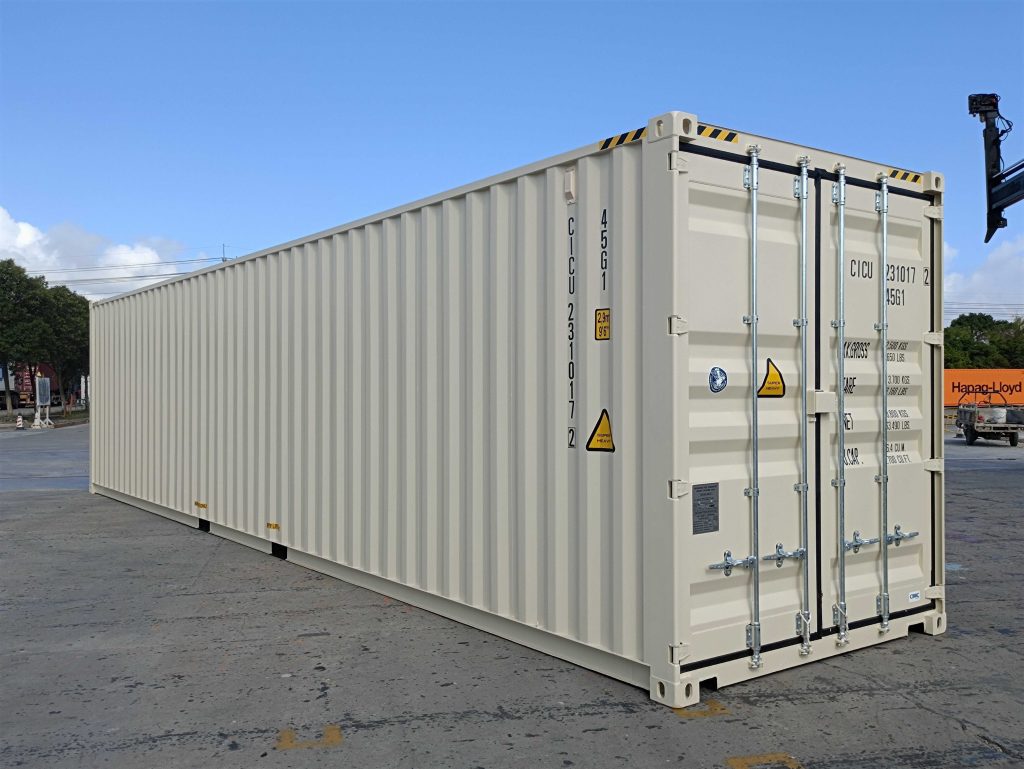20 Trailblazers Lead The Way In Shipping Container Prices
Understanding Shipping Container Prices: A Comprehensive Guide
Shipping containers have actually become essential possessions for companies engaged in global trade and transport. Moreover, with the rise of the do-it-yourself (DIY) home and office movement, they are increasingly utilized for various ingenious purposes, consisting of housing, workshops, and storage. However, the price of shipping containers can vary significantly based on a wide variety of elements, making it important for potential purchasers to remain notified. This article aims to unpack shipping container prices, detailing the aspects that affect their expenses, providing relative analyses, and answering often asked concerns.
Elements Affecting Shipping Container Prices
The cost of shipping containers is influenced by a variety of factors. Here are a few of the primary considerations:
Container Size:.Basic shipping containers can be found in different sizes, the most common being 20-foot and 40-foot containers. As anticipated, larger containers normally cost more.
Condition:.Shipping containers are available in three main conditions:
- New: Brand new containers that have never been used. Usually the most pricey.
- Used: Previously owned containers that are still in great condition. Prices can vary based on age and wear.
- Refurbished: Used containers that have actually gone through repair work and modifications to be functional and enticing again.
Market Demand:.Fluctuations in need for shipping containers can affect prices. Economic trends, such as trade wars or rises in e-commerce, effect supply and demand significantly.
Place:.Geographical aspects play a critical function in rates. For example, containers located near ports might be more affordable due to lower transport expenses.
Personalization:.Customized containers equipped with amenities or modifications (e.g., insulation, windows, or doors) may come at a premium cost.
Cost Ranges of Shipping Containers
To provide a clearer understanding of shipping container prices, the table below outlines typical expenses based on numerous elements:
Container Size
New Condition
Used Condition
Reconditioned Condition
10-foot
₤ 3,500 – ₤ 5,000
₤ 1,500 – ₤ 3,000
₤ 2,000 – ₤ 4,000
20-foot
₤ 4,500 – ₤ 7,000
₤ 2,000 – ₤ 4,000
₤ 3,500 – ₤ 5,500
40-foot
₤ 6,000 – ₤ 10,000
₤ 3,000 – ₤ 6,000
₤ 4,500 – ₤ 7,500
40-foot HC (High Cube)
₤ 6,500 – ₤ 10,500
₤ 3,500 – ₤ 6,500
₤ 4,800 – ₤ 8,000
Please keep in mind that these rate varieties may differ based upon the geographical region and market trends.
Secret Insights:
- New containers are a significant investment and are ideal for companies needing long-lasting assets.
- Used containers can provide good worth for those on a budget plan, particularly for storage or temporary projects.
- Refurbished containers can use a balance of cost-effectiveness and quality.
Additional Costs to Consider
While evaluating shipping container prices, it is essential not to overlook extra costs associated with the purchase and setup process:
- Delivery Fees: Transporting the container from the seller to your place can incur additional costs, specifically for long ranges.
- Modifications: If you plan to tailor the container, factor in these additional expenditures which can differ based on the complexity of the modifications.
- Licenses and Licenses: Depending on regional laws, you may require licenses for positioning or converting a shipping container, which can also include to the overall cost.
- Upkeep Costs: Even refurbished containers may need some upkeep in time, affecting total ownership expenses.
The Current Market Trend
Since 2023, there have been observable shifts in the shipping container market due to different global elements such as the continuous effects of the COVID-19 pandemic, supply chain interruptions, and variations in global trade patterns. Prices have actually seen considerable volatility, with lots of buyers experiencing unexpectedly high costs.
Despite this, specific areas have begun to support, particularly areas greatly reliant on shipping container trade. Innovations in logistics and supply resolution strategies have actually likewise contributed in tempering these modifications.
Often Asked Questions (FAQ)
1. What is the typical lifespan of a shipping container?
- Shipping containers are usually developed to last 10-15 years, depending upon their use and maintenance.
2. What are the finest uses for shipping containers?
- They can be used for shipping goods, storage, pop-up stores, environment-friendly housing, and more.
3. Can New Shipping Containers finance a shipping container purchase?
- Yes, there are funding choices offered through specialized loan providers if complete payment upfront isn't practical.
4. How can I guarantee I'm buying a quality container?
- Constantly examine the container in-person if possible, or deal with reputable sellers who provide comprehensive descriptions and images.
5. Is it easy to transform a shipping container?
- While some modifications can be basic, others might require professional help. It's useful to plan your conversion ahead of time.
Purchasing a shipping container provides a range of opportunities, whether for business or individual use. As prices continue to change, understanding the hidden elements that affect these costs is important for making notified choices. By thinking about the various price points, additional expenses, and market trends, buyers can better browse the complexities of the shipping container market and find an option that matches their needs. In this ever-evolving industry, remaining conscious and educated remains essential.
